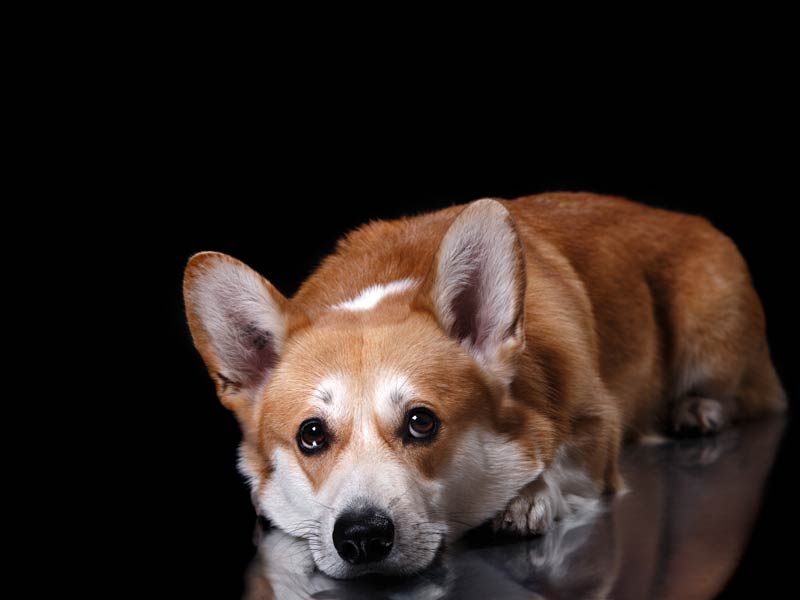
Does it seem like your dog is always trying to talk to you? Not just with his barks and whines, but with his facial expressions, too? Maybe he tilts his head when he wants you to throw his tennis ball. And no doubt, he gives you puppy-dog eyes when he wants a taste of your dinner. When it comes to those soulful facial expressions, it’s hard to prove if dogs are deliberately communicating with humans, or simply expressing their emotions involuntarily.
Science has traditionally considered mammalian facial expressions as inflexible and instinctive. On the other hand, most dog owners are convinced that their dog is trying to tell them something. New research says the dog owners are probably right. Dogs are not just reacting to the world when they make faces, but are communicating with their people on purpose.
Juliane Kaminski and her colleagues from the University of Portsmouth in England, decided to explore whether dogs alter their facial expressions for a human audience. Because dogs have been living with humans for thousands of years, and have developed a unique ability to communicate with people, the researchers predicted that dogs would be able to use their facial expressions voluntarily to communicate socially.
The researchers studied 24 pet dogs in Germany. The dogs were placed on-leash in a quiet room, and their facial expressions were videotaped under different conditions. The expressions were classified with DogFACS, a system based on individual muscle movements rather than the interpretation of facial expressions. Each dog’s overall behavior was also noted, such as vocalizing or tail wagging.
To distinguish between the researchers’ prediction and the traditional view that dogs are simply expressing their emotions when they make faces, the dogs were studied under four conditions – human attention without food, human attention with food, human inattention without food, and human inattention with food. In the human attention situations, the experimenter faced the dog and either held out empty hands or held out food. In the inattention situations, the experimenter stood with her back to the dog and placed her hands behind her back. Her hands were either empty or held food.

Both food and human attention are exciting to dogs. The researchers predicted that if the dogs were only reacting to their emotions, food would cause the same facial expressions as human attention. On the other hand, if the dogs behaved differently in the different situations, it would show they were controlling their face voluntarily and potentially using it to communicate with the experimenter.
The results supported the researchers’ belief that dogs can voluntarily use their facial expressions for communication. The dogs made significantly more facial movements when the experimenter was facing them than when she was not. This was most obvious with the behaviors of raising the inner eyebrow and showing the tongue. The dogs also vocalized more when they had the human’s attention. In addition, the food in the inattention situation did not affect the dogs’ face or overall behavior, despite how arousing food can be to a dog. So, it seems that dogs produce facial expressions for an audience, rather than simply showing their emotions on their face.
One of the most interesting findings is the dogs’ choice to raise their inner eyebrows when the experimenter was facing them. This is the puppy-dog eyes expression every dog owner is familiar with. When a dog moves his eyebrows this way, it makes him appear sad, similar to the expression of sadness on a human’s face. This might elicit more sympathy from the human observing the expression. It also makes the dog’s eyes seem bigger and therefore more infant-like, tapping into humans’ instinctive love of babies. Either way, this expression seems designed to pull at our heartstrings and get the dog more of what he wants. Whether dogs know this and are doing it deliberately, or we have selected for dogs that make this expression more often, would be an interesting area of study. But next time your dog gives you a certain look, you can be confident he is trying to tell you something.

